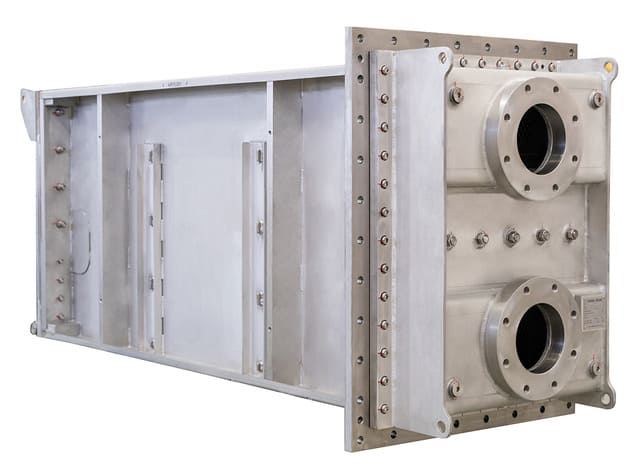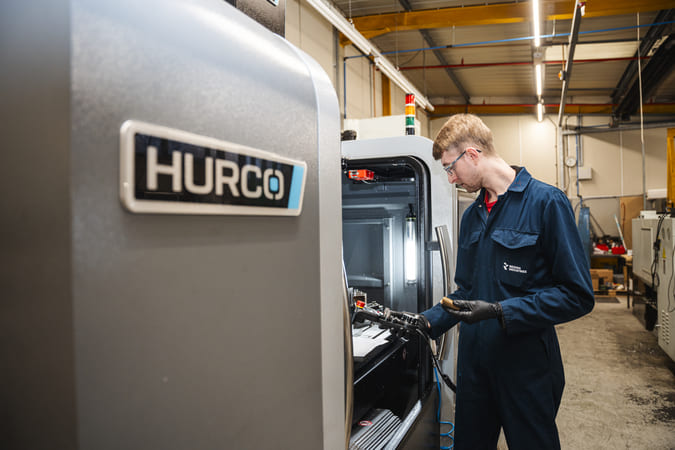
Use the indexes below to establish scholarly journal articles in your matter. Having art at school is efficacious for all college students, but analysis suggests it’s particularly crucial for low-earnings youngsters whose mother and father cannot afford to take them to museums with arms-on art actions or pay for after-school artwork classes at the group heart.
Photographs and in-depth information of those artists are available in their biographies. Ask them if they’re searching for other artists or explain to them that you are all in favour of working with them and think your work can be a match. His college had offered no arts and crafts both – no Play-Doh, painting at an easel, or making collages with dried macaroni and glitter.
Some of our nice current inventive folks uncover biological ideas such because the function of telomerase, develop computers and digital imaging, design strategies for unmanned space analysis, imagine new worlds similar to these of Star Wars, or move on the expertise of beauty or morality by means of novels and essays.
For over three a long time, Caroll Michels has labored as an artist and profession coach, advocating for and educating fellow creatives the right way to develop …



